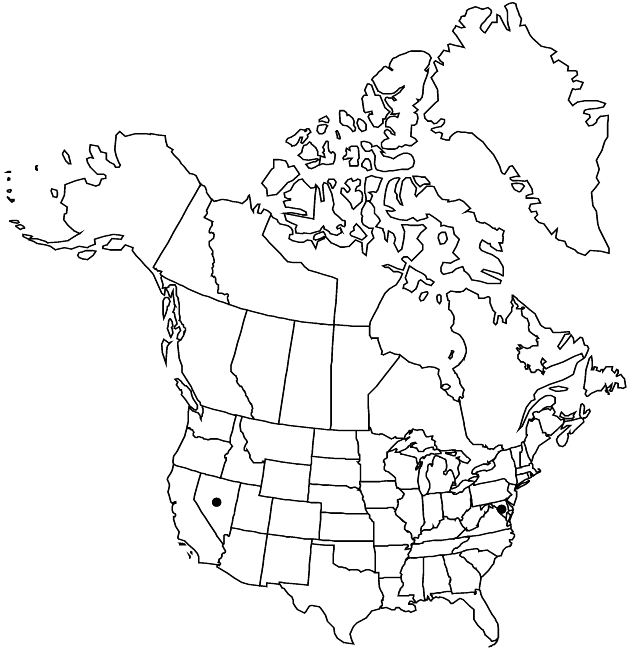Centaurea depressa
Fl. Taur.-Caucas. 2: 346. 1808.
Annuals, 20–60 cm. Stems usually several–many from base, spreading, ± openly branched distally, loosely gray-tomentose. Leaves ± loosely gray-tomentose; basal and proximal cauline petiolate, blades oblong, 5–10 cm, margins entire or pinnatifid with terminal segment largest, apices obtuse; mid and distal cauline sessile, linear-lanceolate to oblong, blades usually not much smaller, entire, mucronate. Heads radiant, borne singly, pedunculate. Involucres ovoid to campanulate, 15–20 mm. Phyllaries: bodies green, ovate (outer) to oblong (inner), glabrous, margins and erect appendages silvery white to brown, scarious, fringed with slender teeth 1.5–2 mm. Florets 25–35; corollas of sterile florets spreading, dark blue, 25–30 mm, enlarged, those of fertile florets purple, ca. 15 mm. Cypselae brown, 4.5–6 mm, puberulent near attachment scar, otherwise glabrous; pappi of outer series of unequal stiff bristles 2–8 mm, inner series of slender scales ca. 1.5 mm. 2n = 16 (Armenia).
Phenology: Flowering spring–summer (May–Jul).
Habitat: Disturbed ground
Elevation: 50–1400 m
Distribution

Introduced; Md., Nev., sw, c Asia
Discussion
Selected References
None.
Lower Taxa
"glabrous" is not a number."fine" is not a number."fine" is not a number.